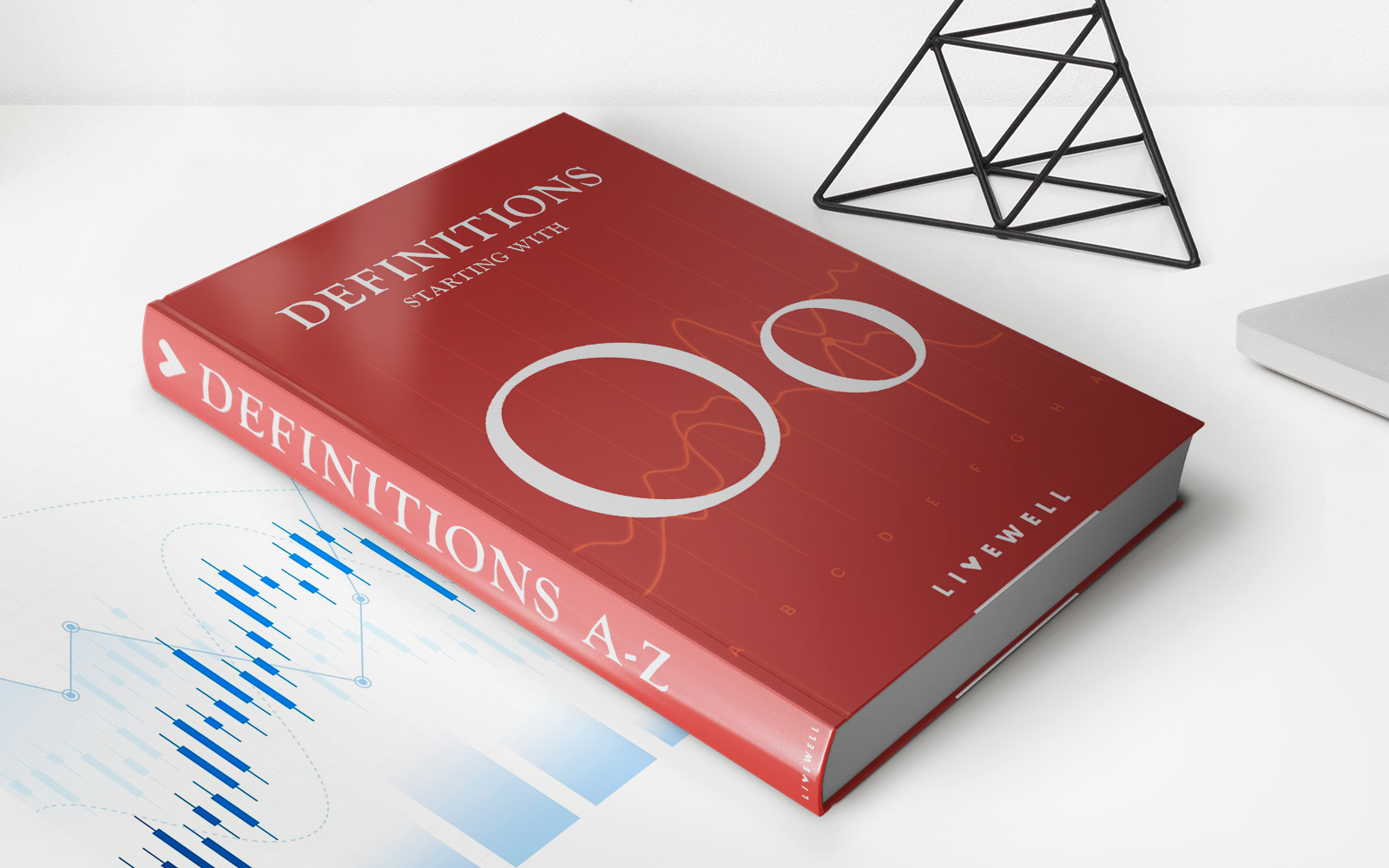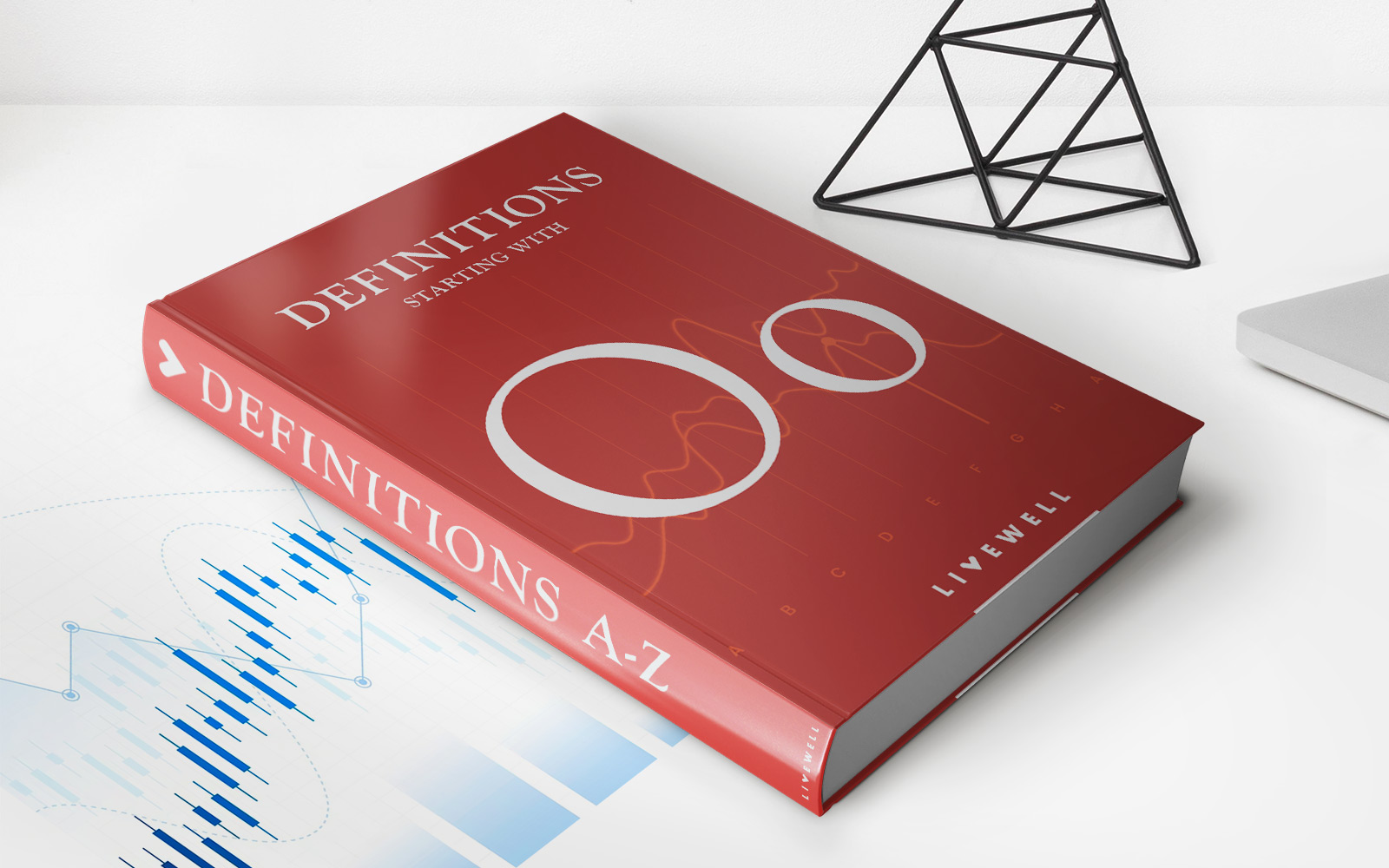Home>Finance>Gapping: Definition, Types, Example, And Trading Strategies


Finance
Gapping: Definition, Types, Example, And Trading Strategies
Published: November 30, 2023
Learn about gapping in finance, including its definition, types, examples, and various trading strategies. Enhance your understanding of finance with comprehensive insights.
(Many of the links in this article redirect to a specific reviewed product. Your purchase of these products through affiliate links helps to generate commission for LiveWell, at no extra cost. Learn more)
Gapping: Definition, Types, Example, and Trading Strategies
Are you interested in expanding your knowledge about gapping in the world of finance and trading? Look no further! In this blog post, we will delve into the definition of gapping, explore the different types of gaps, provide examples, and discuss effective trading strategies to make the most out of gapping opportunities.
Key Takeaways:
- Gapping refers to a significant difference between the previous day’s closing price and the following day’s opening price.
- Gapping can occur in various financial markets and is often driven by significant news events or market sentiments.
What is Gapping?
Gapping, in the context of finance and trading, refers to a situation where there is a noticeable gap between the closing price of an asset on one day and the opening price on the following day. It occurs when there is no trading activity or price movement between these two points. Gaps are typically seen on charts as empty spaces or jumps between candlesticks.
Types of Gaps:
Gaps can be categorized into three main types:
- Common Gaps: These are the most frequent type of gaps and usually occur in the absence of any significant news or market events. Common gaps are often seen in relatively stable markets, reflecting a continuation of the previous trend.
- Breakaway Gaps: Breakaway gaps tend to occur when a security breaks through significant support or resistance levels, indicating a potential change in the underlying trend. They are often associated with heightened volatility and increased trading volume.
- Exhaustion Gaps: As the name suggests, exhaustion gaps appear toward the end of a bullish or bearish trend. They signal the last attempt of traders to push the price further in the direction of the prevailing trend before a reversal occurs.
Example of Gapping:
Let’s say you own shares of a popular tech company, and overnight, the company releases a highly positive earnings report, causing the stock price to soar. The next morning, when the market opens, the opening price is significantly higher than the previous day’s closing price, resulting in a gap-up. Here, you can observe a common gap caused by the positive news and increased investor optimism.
Trading Strategies for Gapping:
Gapping presents unique opportunities for traders to potentially profit from volatility and abrupt price movements. Here are a few popular trading strategies for gapping situations:
- Gap and Go: This strategy involves entering a trade in the direction of the gap, with the expectation that the momentum will continue. Traders aim to capture short-term profits as the price continues to move in the same direction as the gap.
- Fade the Gap: In this strategy, traders take the opposite position to the direction of the gap, speculating that the price will eventually “fade” or reverse back to its pre-gap level. This strategy is particularly used when the gap is considered excessive or an overreaction to the news.
- Partial Gap Fills: Traders employing this strategy wait for a partial fill of the gap before entering a trade. They assume that if the price retraces to fill part of the gap, it may indicate a strengthening of the underlying trend.
By understanding the types of gaps and employing suitable trading strategies, traders can enhance their chances of profiting from gapping situations in the financial markets.
In Conclusion
Gapping is a phenomenon that occurs when there is a significant difference between the previous day’s closing price and the following day’s opening price. It can provide valuable trading opportunities for those who understand its dynamics. Remember to stay updated with market news and employ suitable trading strategies when dealing with gapping situations. Keep your eyes on the gaps, and you might just seize the chance to amplify your gains.














